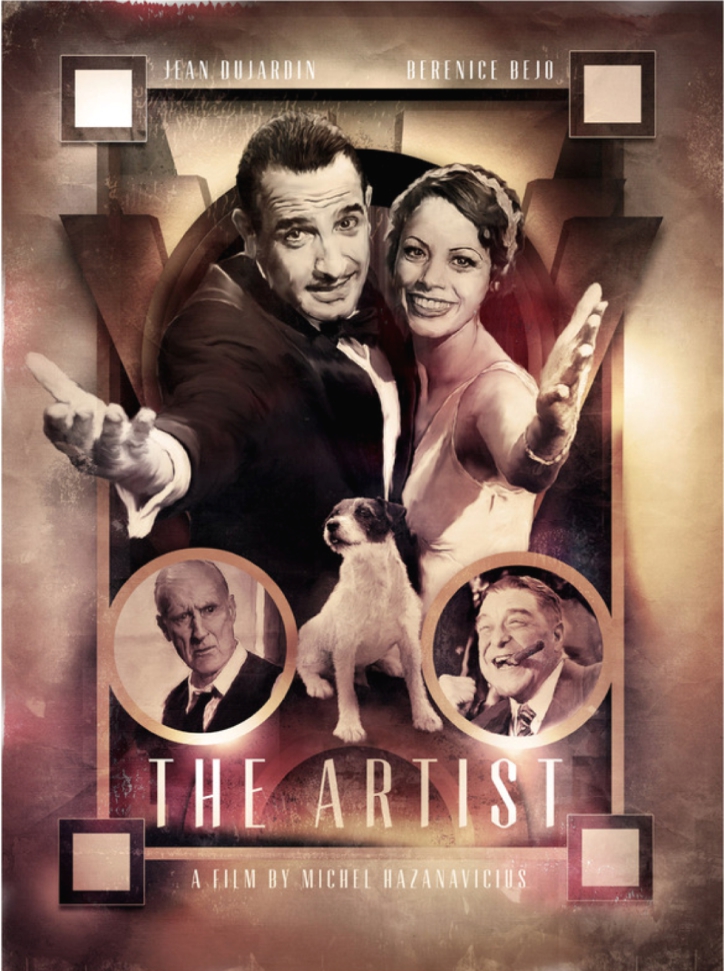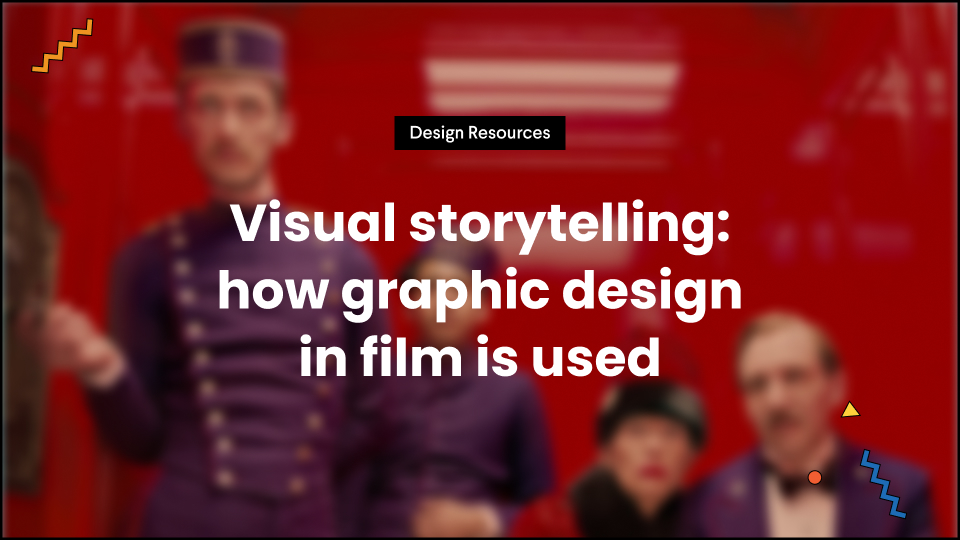Oct
film cover art
Film cover art
All images on CineMaterial.com are intended for non-commercial entertainment and education use only – reviews, fan art, blogs, forums, etc. CineMaterial is not endorsed, sponsored or affiliated with any movie studio https://voltagebets.net/football/. All copyrights, trademarks, and logos are owned by their respective owners. This site is for non-profit/educational use only. Using images from CineMaterial to make and/or sell reprinted movie posters is strictly forbidden.
Use of this site constitutes acceptance of our Terms of Service and Privacy Policy.This site is designed to be compliant with current web accessibility standards, however if you’re having trouble accessing any area of the site please call (212) 226-2207 or email gallery@posteritati.com.
We have artist and designer sections with info on more than 13,000 posters. Check out the great work by Drew Struzan, Saul Bass and Luigi Martinati, for example.If you are an artist or design company and want to be listed on CineMaterial don’t hesitate to contact us!
By signing up you agree to receive recurring automated promotional and personalized marketing text messages (e.g. cart reminders) from Art.com at the cell number used when signing up. Consent is not a condition of any purchase. Reply HELP for help and STOP to cancel. Msg frequency varies. Msg & data rates may apply. View Terms at & Privacy at

Vintage graphic
“Vintage” designs typically have a “lived-in” or “grunge” texture, giving the design the appearance of having been around for a while. This is an easy shorthand for making your retro design look older than it is, but it doesn’t usually pair very well with the aforementioned Art Deco style.
To replicate the style in your own work, look out for beautiful ornate typefaces, botanical vintage style illustration, and French-inspired frames and borders. It’s a beautiful style for using on more formal items like wedding invitations.
The 1970s and 80s led to an era of punk and grunge styles that still influence the “dark mode” designs of this era. These styles are attention-grabbing with unusual grids and text placements and bold imagery. The modern equivalent of the punk and grunge era is glitchy design styles and are related to TikTok.
Linked to Mid-Century Modern is the Pop Art style, which gives retro pop culture imagery a witty, and sometimes dark, twist. A retro graphic design style which was popular during the 1950s and 1960s, Pop Art links across to surrealism (an art movement popularised during the 1930s) and comic-book culture.
Bauhaus is a niche design style inspired by an art school in Germany that was widely influential during the 1920s and 1930s. A founder of Modernism in Germany, the Bauhaus movement championed simple, minimal graphics and bold, poster-box colors.
Film graphic
And the most prominent and emerging aspect in this direction is the importance of graphic design in film and television. This skill goes beyond its use in social media. Using graphic design can help elevate the visual storytelling involved in making a movie stand out.
There will always be a place for artists in film and TV. And where our work makes its way into the film, either on set or in post, it’s not as important as the finished project. Those hundreds of names you see in the closing credits are there for a reason. Each has a unique skill and expertise. Without each of their contributions and talent, the film would be lesser for it.
Kerrie Hughes is a frequent contributor to Creative Bloq, and was once its editor. One of the original CB crew, Kerrie joined the team back in 2013 after moving from her role as staff writer on 3D World. Since then she’s written regularly for other creative publications such as ImagineFX, Computer Arts and Digital Camera World. After a stint working for the police, Kerrie is back reviewing creative tech for creative professionals.
It’s no exaggeration to say these guys are legends within the graphic design film world, but they haven’t let it go their heads. Instead, they remain extremely grounded, and have an undeniable warmth and passion, not only for the art of design itself, but for helping others become part of this highly creative world.

And the most prominent and emerging aspect in this direction is the importance of graphic design in film and television. This skill goes beyond its use in social media. Using graphic design can help elevate the visual storytelling involved in making a movie stand out.
There will always be a place for artists in film and TV. And where our work makes its way into the film, either on set or in post, it’s not as important as the finished project. Those hundreds of names you see in the closing credits are there for a reason. Each has a unique skill and expertise. Without each of their contributions and talent, the film would be lesser for it.
Empire of the Sun artwork
It’s through this historical lens that Ms. Ractliffe views landscape: as morally neutral terrain rendered uninhabitable by terrible facts from the past – the grave of hundreds of Namibia refugees, most of them children, killed in an air raid; the unknown numbers of land mines buried in Angola’s soil. Some are now decades old but can still detonate, so the killing goes on.”
“Cuesto del Plomo,” hillside outside Managua, a well-known site of many assassinations carried out by the National Guard. People searched here daily for missing persons. July 1978, from the series, “Reframing History,” Managua, July 2004
While the images allow increasing passages of time between events and the photographs that reflect on them – “made moments after the events they depict, then those made days after, then months, years and so on” – there settles in the pit of the stomach some unremitting melancholy, some unholy dread as to the brutal facticity and inhumanness of war. The work which “pictures” the memory of the events that took place, like a visual ode of remembrance, are made all the more powerful for their transcendence – of time, of death and the immediate detritus of war.
Researching her series, Dewe Mathews worked closely with academics to locate the forgotten places along the western front where these unfortunate combatants had been shot. She then travelled to each spot and set up her camera there at dawn, recording whatever could be seen a century after the executions had taken place.
Another fascinating exhibition. The concept, that of vanishing time, a vanquishing of time – inspired by Kurt Vonnegut’s 1969 novel Slaughterhouse-Five and the Japanese photographer Kikuji Kawada’s 1965 photobook The Map – is simply inspired. Although the images are not war photography per se, they are about the lasting psychological effects of war imaged on a variable time scale.


No Comments